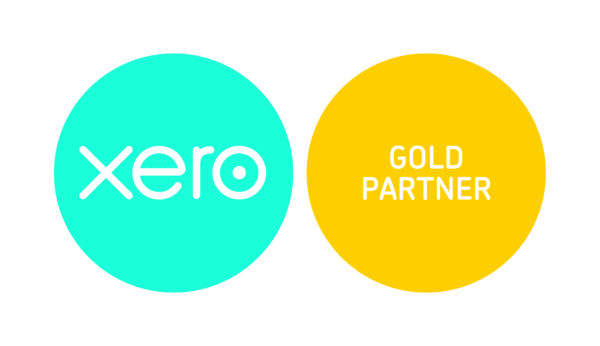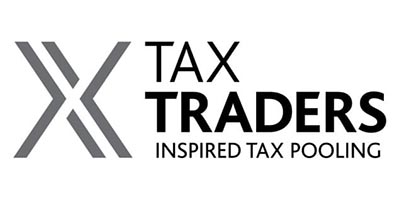If you or your spouse or partner having a baby, you might be able to take parental leave. In this article, we will discuss the following:
- Commonly used terms
- Employee Eligibility
- Types of parental leave
- Leave Application Process
- Employer Obligations
- Keep in touch days
- Temporary changes to parental leave due to COVID-19
Commonly used terms
- Primary carer is usually the pregnant female or the female who has given birth to a child. The primary carer may also be her partner, if the entitlement to the parental leave payment was transferred to him/her, which means that the partner is now the primary carer until such time that the entitlement period ends.
- Partner is the spouse of the mother, the partner of the mother, or the chosen primary carer regardless of gender.
- Paid means with payment.
- Unpaid, which means without payment.
Eligibility
To be entitled to a parental leave, an employee must be eligible based on the parental leave and payment eligibility table released by the New Zealand Government. There are two eligibility criteria which must be met.
First, the 6-month eligibility employment criteria. In this criterion, an employee must be employed by the same employer for at least an average of 10 hours per week in the 6 months before the due date of the baby. Or, when her partner becomes the permanent primary carer of a child below 6 years old.
The second one is the 12-month eligibility criteria. Here, an employee must be employed by the same employer for at least an average of 10 hours per week in 12 months before the baby is due, or when her partner becomes the permanent primary carer of a child below 6 years old.
Also, a self-employed Mother may be entitled to parental leave if she is self-employed for at least an average of 10 hours per week for any 26 to the 52 weeks before the baby is due. This can also be applied to their partner if they have become the permanent primary carer of a child under 6 years old.
Note: From 1st July 2020, the minimum paid parental leave was increased from 22 weeks to 26 weeks for those who met the eligibility criteria.

Types of Parental Leave
There are various types of leaves. The first type is the Primary Carer Leave which is for pregnant female employees and/or her spouse or partner to whom all or a part of her parental leave is transferred. This is also for those who have the responsibility of taking care of a child under 6 years old.
Special Leave is an additional of 10 days of unpaid special leave for pregnancy-related concerns such as check-ups and midwife appointments.
Partner’s Leave is for the spouse or partner of the pregnant female. This leave will give one-week unpaid leave to a partner who qualifies in the six-month criteria, and a two-week unpaid leave to a partner who qualifies in the twelve-month criteria.
Extended Leave may be extended up to 56 weeks.
Negotiated Carer Leave allows employees who do not qualify for primary carer leave to take their leave to care for a child and receive parental leave payment.
Leave application process
The first step in applying for parental leave is an employee writing a letter to his/her employer stating the details of his/her leave. This is not always done in practice however it is advised that this should be done to avoid miscommunication and to make things clear for the employer.
This letter should include the type of leave, the date when the leave will start, and how long the leave will be. The employee must submit the letter at least 3 months before the baby is due or at least 14 days before he/she wants to take a parental leave if you will be the permanent primary carer.
Am employee must also provide documents stating who is pregnant and the due date. The partner will on the other hand, will present a letter written by the pregnant wife stating that the partner will assume the role of a primary carer.
Employer Obligations
The employer must then confirm the leave through a letter. He/She must also take into consideration who will replace the employee during the duration of the leave. Lastly, the employer must fill in the employer’s section of the application form.
Keep in touch days
The employee may also use the “keeping in touch” days which means that he/she may stay connected with the employer. They may arrange up to 64 hours during their 26 weeks paid parental leave. This will make the employee earn additional money since the paid parental leave is shouldered by the government, while the “keeping in touch” days will be shouldered by the company.
Temporary changes to parental leave due to COVID-19
Temporary changes to parental leave due to COVID-19 mean that workers can go back to work temporarily without losing their remaining entitlement to parental leave. It allows one temporary return to work for up to 12 weeks. While back at work the employee will not receive parental leave payments however this will resume once the employee goes back on parental leave.
It is important for an employee to learn his/her rights and responsibilities in taking parental leave or any kinds of leave. In the same manner, an employer needs to know his/her rights and responsibilities in providing leaves and other privileges to their employees.







